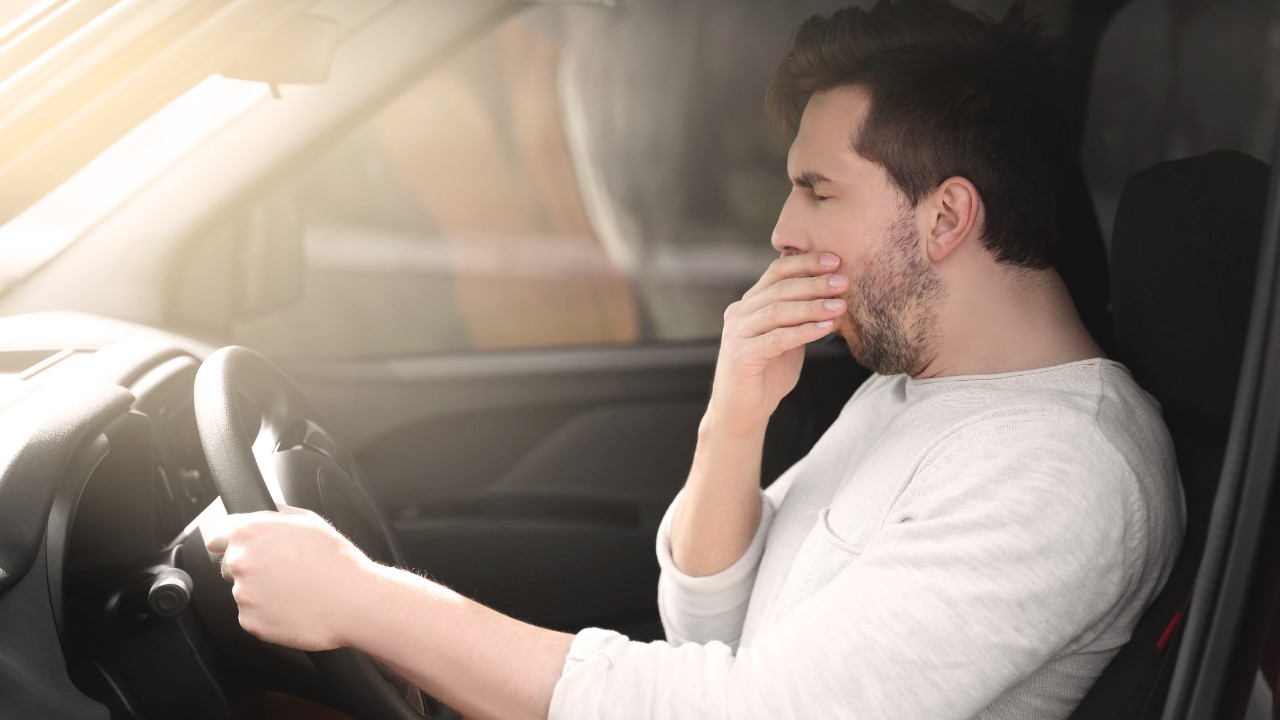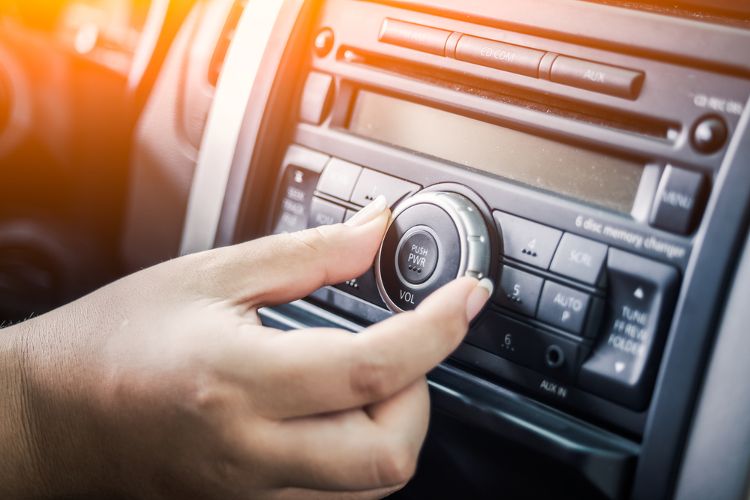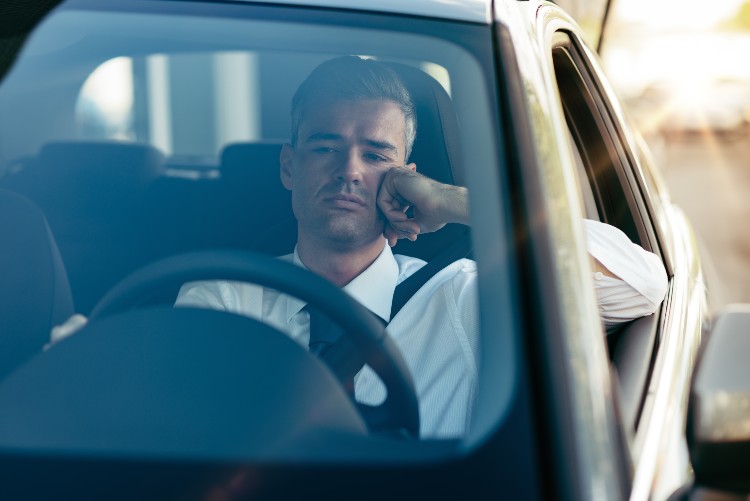By Tom Roberts
We’ve all seen the signs on the side of the motorway, with their very succinct message: tiredness kills. Since the car became an essential part of travel in the UK, the amount of traffic on our roads has increased massively and with it has come the pressure to get to destinations quickly. If you’re working, then you’re probably setting off relatively early in the morning and coming home relatively late at night – both times when the brain is dealing with the effects of tiredness.
The signs are right – tiredness does kill. Police statistics show that 4% of all fatal accidents in the UK are caused by tiredness and that 10-20% of crashes worldwide are caused by driver fatigue. The trouble is that there are times when you simply can’t avoid driving, and that is when you’re most in danger.
Thankfully there are ways to reduce the risks tiredness can have on your driving. While you can’t always guarantee a good night’s sleep, there are lots of tips and tricks to help you get through your journey safely. Whether it’s a short hop from the office to home or a longer, motorway-based trip, here’s a few tips to help you ward off feeling drowsy while driving.
1) Roll The Window Down
While a cold shower can wake you up in the morning, that isn’t really an option while you’re in your car – unless it’s raining particularly hard!
Rolling the window down, however, will go a long way towards shocking your system into wakefulness. The cold air from outside blowing through your window will make you more alert as you travel on your journey. It isn’t necessarily a long-term solution, but the initial blast will help you regain your focus.
2) Don’t Listen To Music
One of the old ways to deal with tiredness behind the wheel is to crank up the volume on the radio and blast yourself with music, and while this can work for a time, there is a distinct problem with using music as a way of keeping you alert. Music has rhythm which will eventually cause you to lull into a bit of a trance. Even heavy rock and dance tunes can have this kind of effect, as the repetitive sounds will help relax your brain, causing you to lose focus.
Don’t turn the radio off though – switch it over to Talk Radio! News stations like Radio Five or LBC, talkative stations like Radio Four, or even audiobooks will force you to pay attention, meaning that your brain won’t switch off and you’ll stay alert.
3) Make Yourself Uncomfortable
Changing the angle of your seat or sliding it back or forward a couple of notches from its usual position can be enough to make you uncomfortable and keep you awake. There’s enough variation in seating preferences that modern seats offer to give you plenty of options while still being safe to drive, so take advantage!
4) Keep In Control Of Your Car
While it can be tempting, especially on long journeys, to turn on cruise control and rest your legs, when you’re feeling tired, you should stick to good old-fashioned pedals to keep control of your vehicle.
With the different movements keeping your legs active, there isn’t any way to 100% switch off, and combined with other tips on this list, that will help you stay awake when your body is trying to shut down.
5) Have a Coffee (But not too much!)
A good strong coffee – or any caffeinated drink - will help you wake up by giving you a burst of energy. Too much, however, can cause you to have a caffeine crash and zone out, which isn’t really any better than falling asleep behind the wheel. Experts recommend a strong coffee every 4 hours at most to prevent any issues.
6) Don’t Drive Alone
If you’re going to be taking a long trip, where possible, take someone with you. If it’s for business, offer to share your drive, if it’s for personal reasons, why not bring someone along who can drive with you, and take over if you get too tired?
Even the longest of long-haul drivers use a buddy system to ensure that they stay safe. If you can swap with another driver every few hours and take a rest, you’re more likely to arrive at your destination safe and sound.
7) Make Sure You Have Breaks
There’s a reason motorway service stations exist. If you’re on a long trip and you’re struggling to stay awake, there’s nothing better than pulling off the motorway and into the welcoming glow of a rest stop. More than that – it’s good for you as well.
Taking a short amount of time to stretch and refresh yourself can help you recover from a level of dangerous fatigue and allow you to have a short rest to keep yourself going.
8) Don’t Drive If You’re Too Tired!
The number 1 rule is that if you’re feeling so tired that you’re drowsy and nodding off, don’t get behind the wheel. If you can get a good night’s sleep before a long journey, you’ll be all the more prepared for what it might bring, but if you’re short on sleep then you’re better off not taking the risk.
It isn’t an easy call to make, especially if you’re driving somewhere for work and you have to be there, then the temptation is to drive regardless of how tired you feel but knowing where the limit is can be the difference between driving safely and being in an accident that can injure you and others.
These days, it isn’t easy to admit that you’re too tired to drive. We’re all under constant pressure to be as present as possible, no matter the driving distance. When it comes to staying safe on the road, however, the better choice is to ensure that you’re in the best condition to drive.
Many modern cars, such as the Tesla 3, boast features such as Autopilot that warn the driver if they’re veering into another lane while driving. Although this absolutely should not be relied upon, it’s the last line of defence against driving fatigue. You can also find other cars with similar features on our car leasing page.







